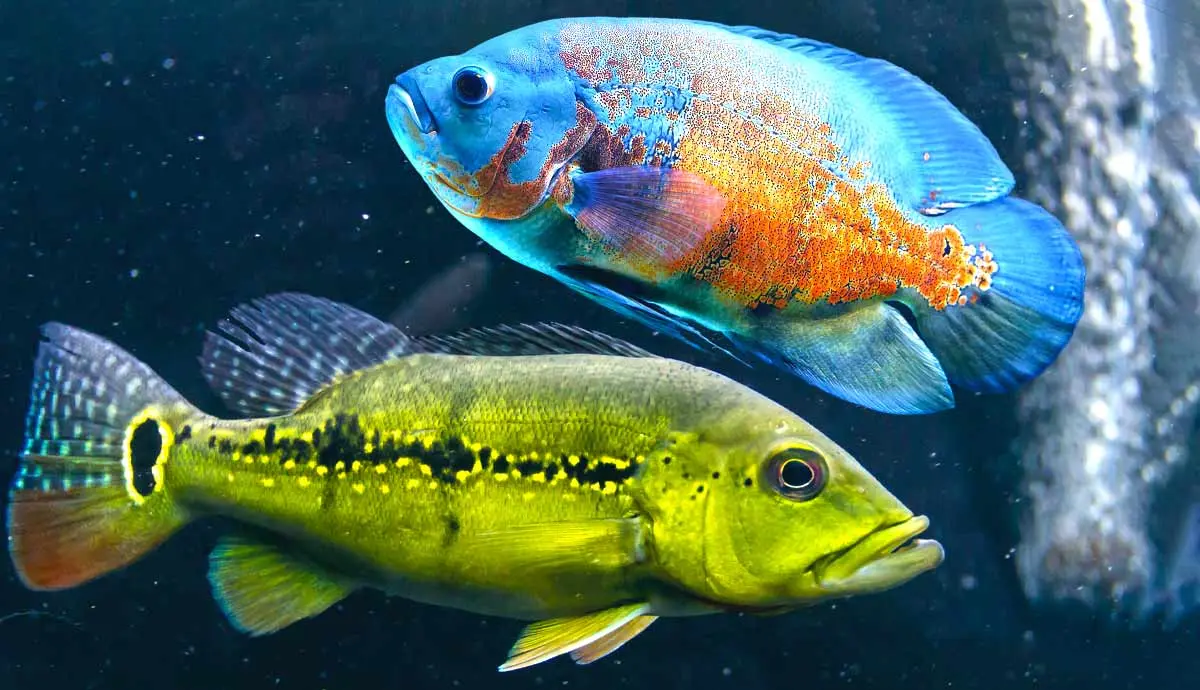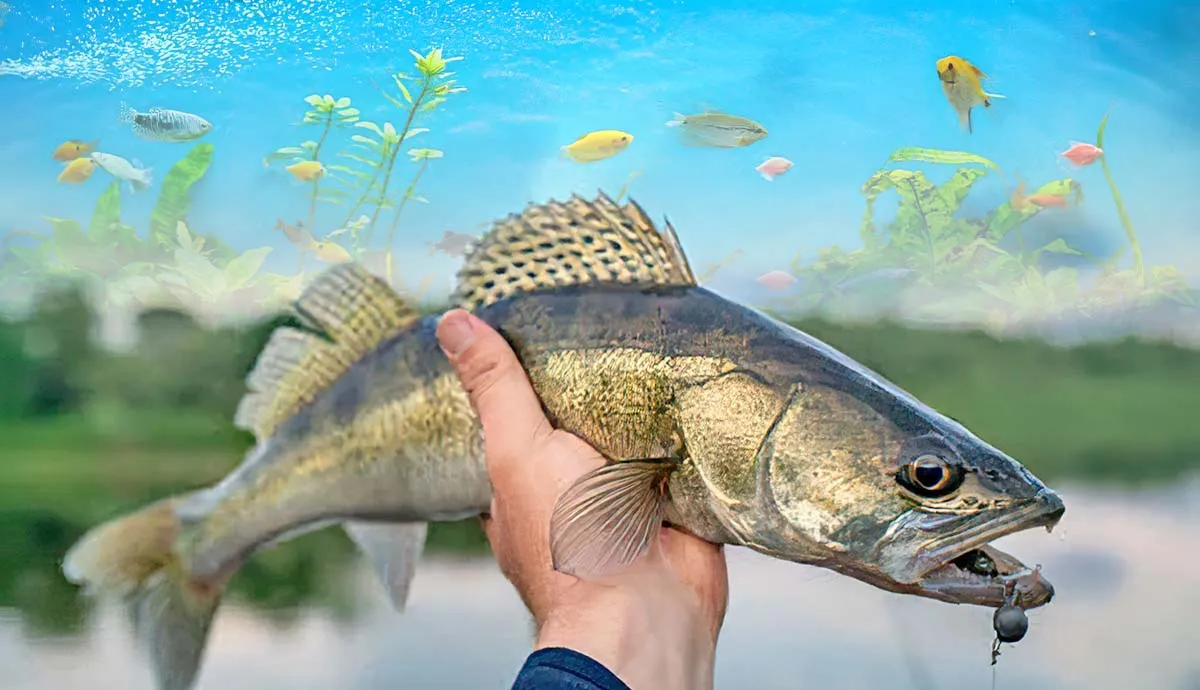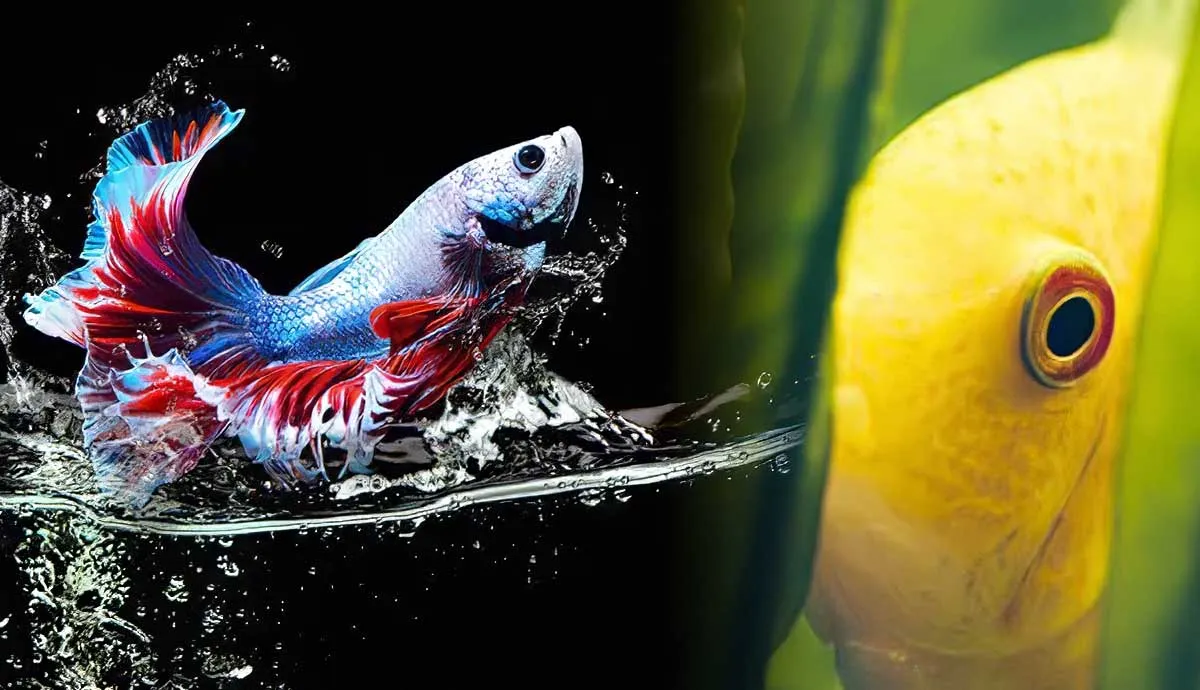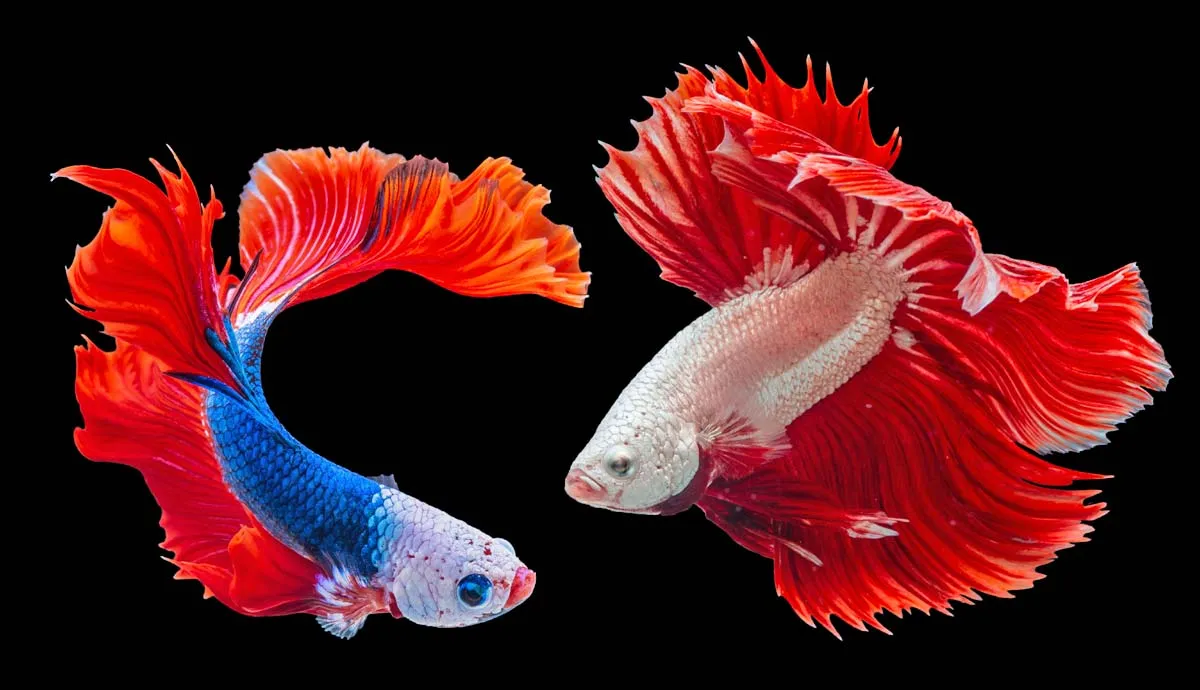In the serene world of aquariums, not all fish get along swimmingly. Some have a knack for eating or bullying their tankmates, but why?
Experts suggest that some fish eat or fight their tank companions because of territory or hierarchy disputes, hunger, species mismatch, or breeding season.
In this article, we’ll explore fish that eat their tankmates and their behavior, so let’s dive right in!
Fish That Eat Their Tankmates
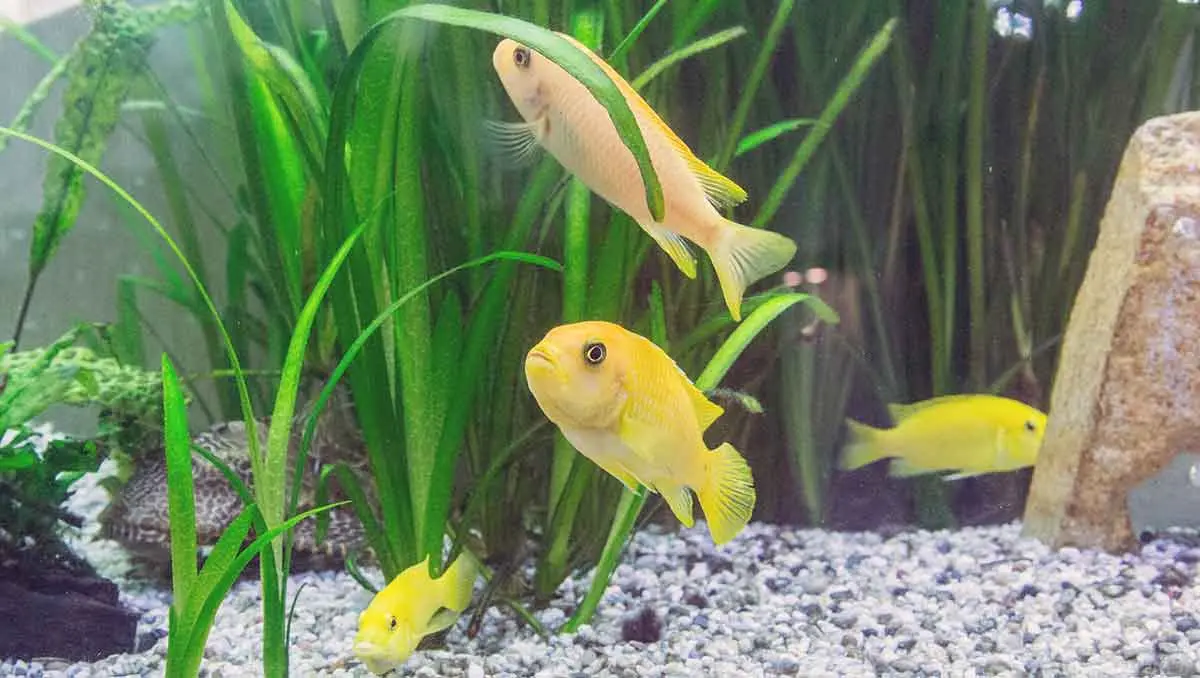
In the aquatic landscape, some predatory fish hunt and eat others, while others bully smaller fish during breeding or feeding. That’s why you must do research before mixing fish.
Fish make excellent pets, but like all living beings, they deserve a peaceful life, which owners can ensure by choosing the right tank companions. Here’s a list of fish that eat their tankmates or harass them:
1. Betta fish (Siamese Fighting Fish)
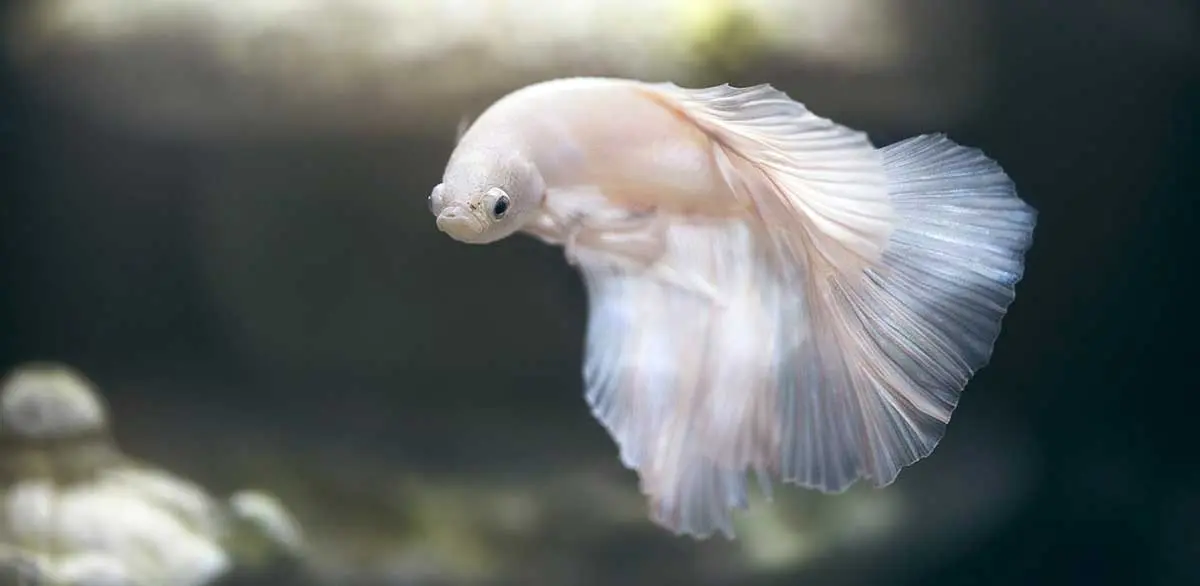
Bettas make great pets but can be territorial and aggressive, especially the males, hence their nickname, “Siamese Fighting Fish.”
They often fight, so if you keep male bettas, house them alone to prevent fights that can lead to injuries or even death. If you have multiple bettas, make sure each has a special tank or space, as well as hiding spaces.
Note: It’s not true that bettas can’t live with other aquatic creatures. That’s one of the misconceptions about betta fish. They can thrive alongside freshwater tank cleaners like snails, shrimp, and plecos because they don’t feel threatened by them.
2. Oscar (Astronotus ocellatus)
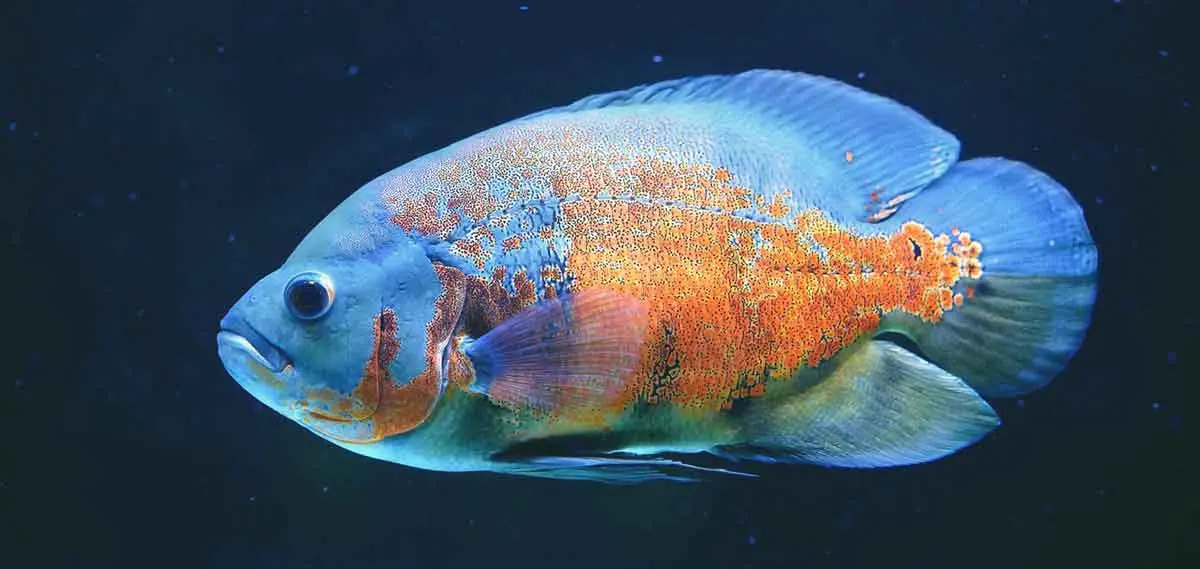
Oscars! They’re one of the most colorful pet fish species but can be territorial and very aggressive, especially when breeding.
They might act like predators, attacking and eating smaller fish in the tank. So, don’t mix Oscars with smaller or less assertive fish. Instead, set up a big tank with hiding spots for each fish and feed them regularly to reduce aggression.
3. Jack Dempsey (Rocio octofasciata)
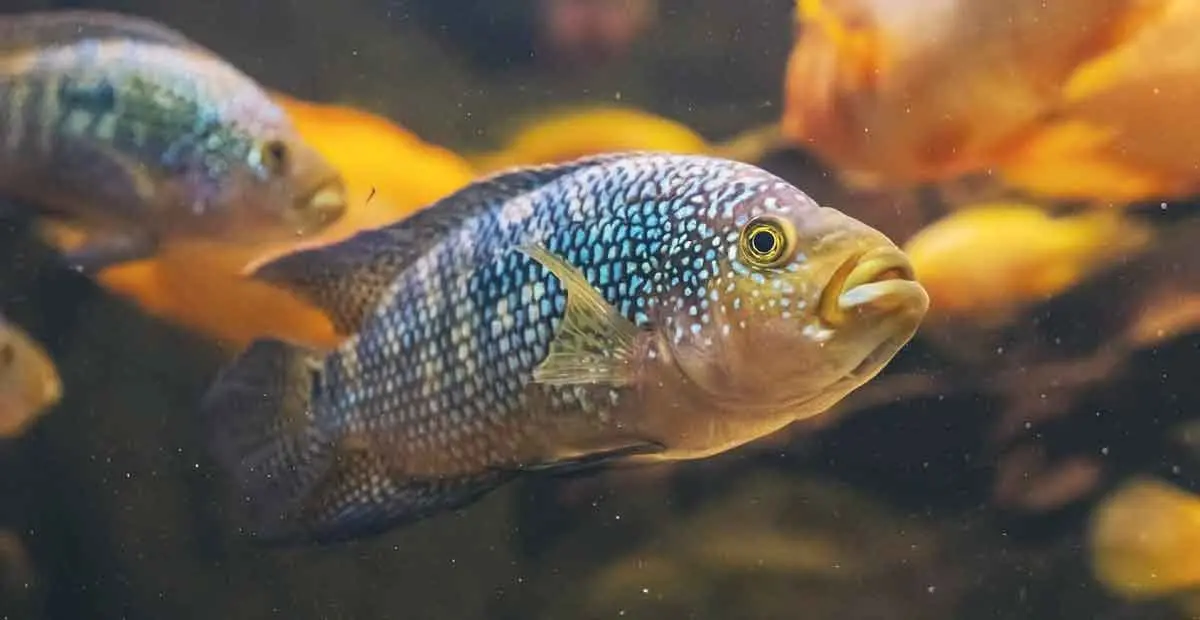
If you’re looking for unique aquatic fish creatures for your aquarium, consider Jack Dempseys. However, note that they can be territorial and aggressive, especially when breeding, so select tankmates carefully.
Additionally, provide enough hiding spots and structures in the tank to create territories, and don’t house them with smaller or calmer fish. Observe their behavior regularly, and if their aggression gets too much, separate them from each other.
4. Red-Bellied Piranha (Pygocentrus nattereri)
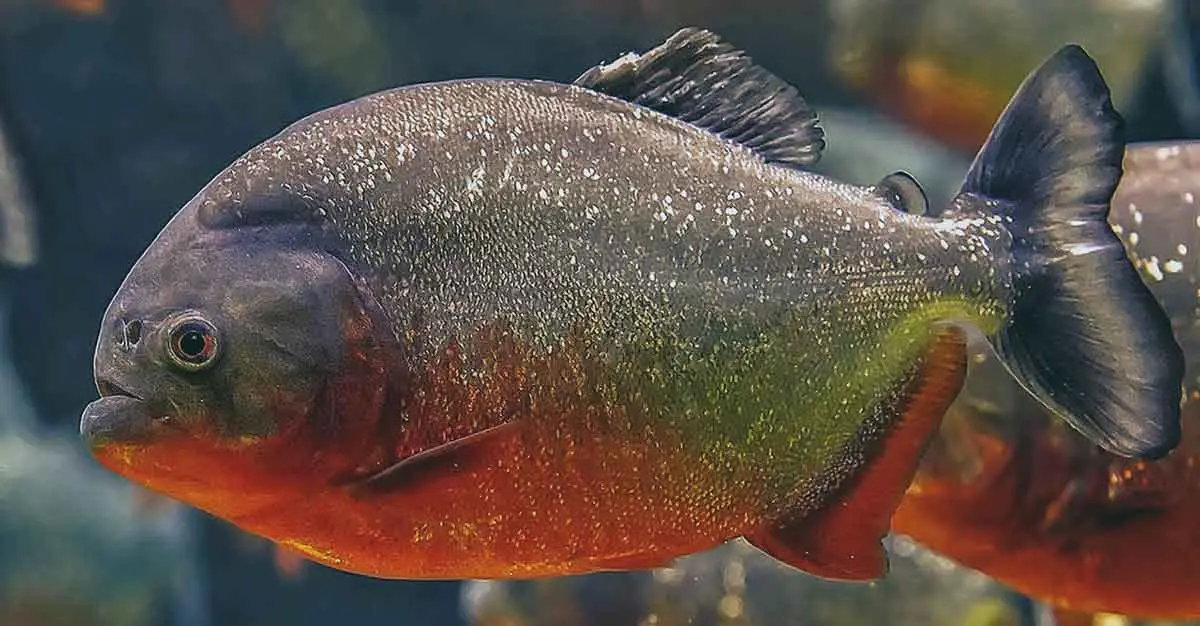
Red-bellied piranhas have sharp teeth and a fearsome reputation.
They’re known for their group behavior and opportunistic eating habits. Although they aren’t as aggressive towards each other and don’t eat humans as commonly believed, they can show signs of aggression during feeding times.
To minimize aggression between red-bellied piranhas, provide plenty of food and make sure to feed them enough to avoid competition during meals.
5. Green Terror (Andinoacara rivulatus)

Green terrors can get aggressive and exhibit strange fish behaviors, especially when claiming territory or breeding. They might chase and intimidate other tankmates, so you should choose companions wisely.
They’re generally not as aggressive as some other cichlid species, but conflicts can still occur. So, provide enough hiding spots and territories in the tank and avoid pairing them with smaller, more passive fish.
6. Wolf Cichlid (Parachromis dovii)
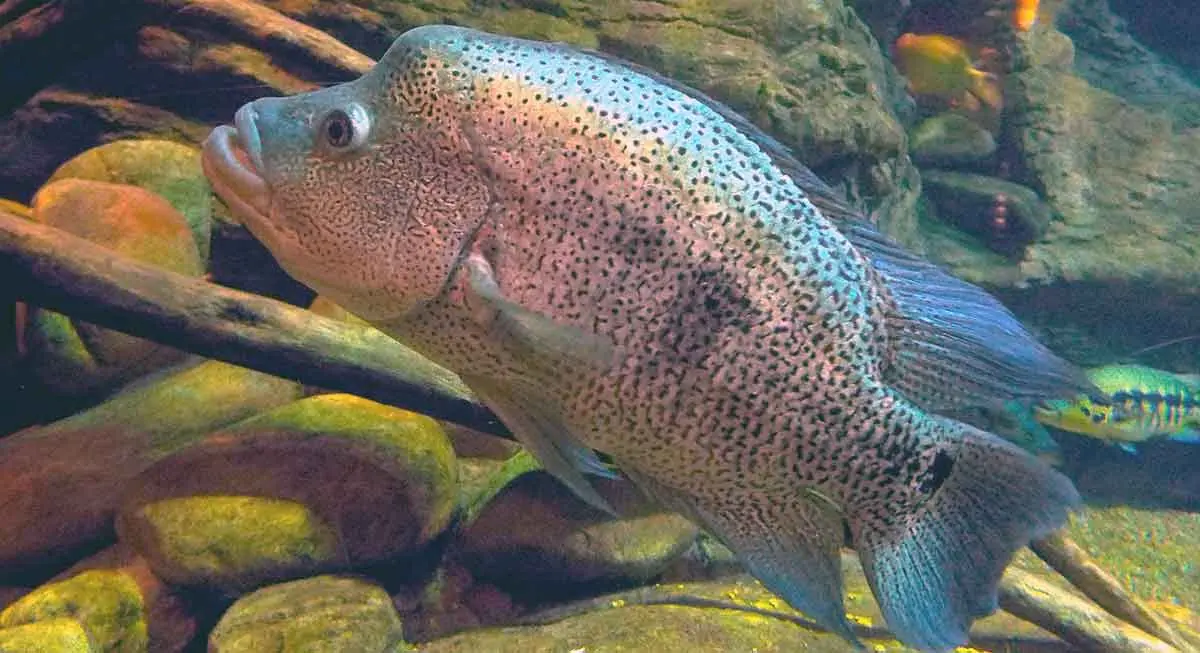
Wolves might attack other tankmates, causing harm or even death during breeding. So, it’s best to keep them in a tank only with their kind.
Moreover, make sure the tank is large with plenty of hiding spots. Don’t mix them with smaller or less aggressive fish.
7. African Cichlids (Various species)
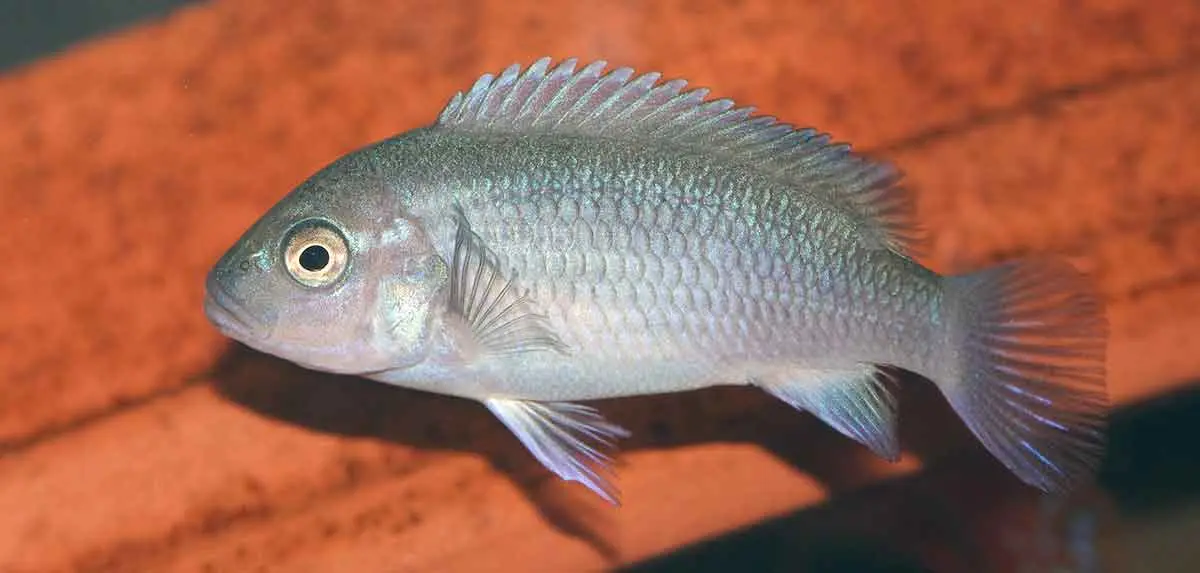
African cichlids like mbuna, peacock cichlids, and haplochromis can be a bit territorial and sometimes aggressive, especially when they’re breeding.
Each type has a unique way of socializing and aggression levels, so before getting any, learn about the specific needs and behaviors of the type you choose.
Moreover, make sure you provide enough hiding spaces for each fish and avoid putting aggressive or dominant ones together.
8. Archerfish
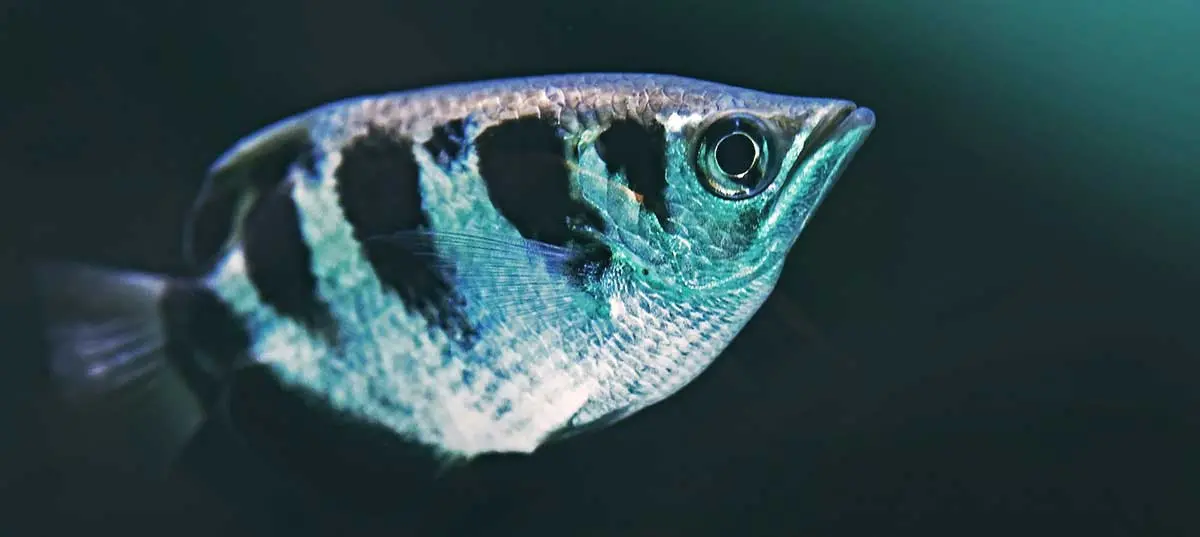
Like plecostomus, archerfish mostly eat fish, but they also like insects.
Archerfish usually get along with each other, but their hunting can cause a fuss in a community tank. So, keep your archerfish in a tank just for them or with tankmates who get along and feed them live or frozen prey.
9. Snakehead Fish
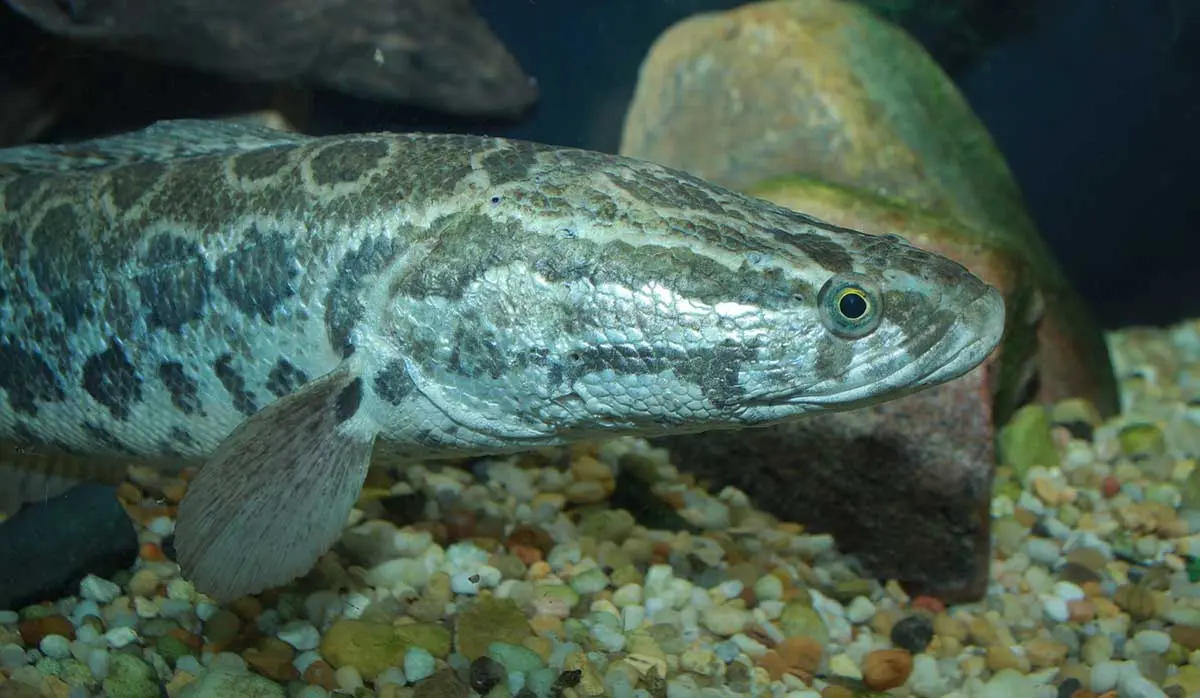
These aggressive hunters might be a problem for smaller or calmer tankmates, so it’s best to keep them in big tanks just for them.
Moreover, snakeheads have a special organ that lets them breathe air, which means they can live in water with less oxygen. Therefore, you should use a secure lid because they might try to jump out.
10. Peacock Bass

These predatory fish can act aggressively, especially when eating or breeding. They might be a danger to smaller or calmer tankmates, so you should keep them in tanks just for them.
How Do I Stop My Fish From Eating Each Other?
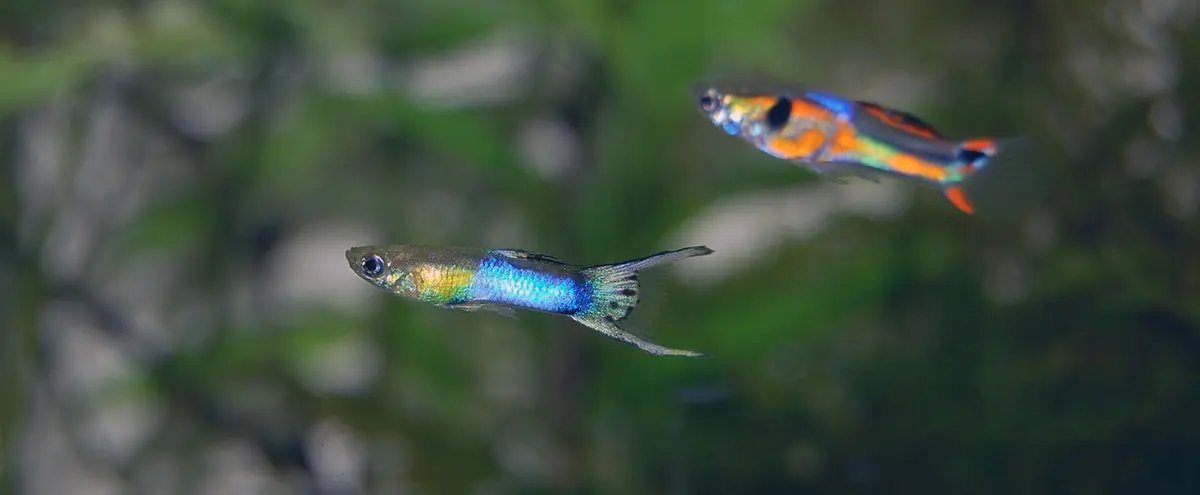
If your fish show signs of aggression or cannibalistic behavior, take the following steps:
- Keep new fish separate initially to prevent potential diseases, especially if they’re fish you caught yourself. Quarantining helps identify and treat issues before introducing them to the main tank.
- Watch out for aggression in new fish and rearrange the tank if necessary. Provide a well-balanced freshwater aquarium with enough hiding places to reduce stress and aggressive behavior.
- Regularly check pH, ammonia, nitrite, and temperature.
- During maintenance, avoid drastic changes to the nitrogen cycle. Sudden shifts in water conditions can stress fish, leading to aggression.
- Maintain a journal to track fish behaviors and key parameters. This information can help you troubleshoot issues and live in harmony with your fish.
- Use your observations to figure out the cause of fish deaths. Knowing both your tank and basic fish anatomy can help determine the issue.
FAQs
Q: What specific tank conditions (like water temperature, pH level, or size) are most conducive to reducing aggressive behavior in predatory or territorial fish?
A: Reducing aggressive behavior in fish can be encouraged by maintaining optimal water conditions specific to each species' natural habitat, including appropriate temperature, pH levels, and a tank size that provides ample space for territories.
Q: How do you properly introduce new fish into a tank with existing aggressive species to minimize the risk of conflict or predation?
A: Introducing new fish to a tank with aggressive species involves gradual acclimatization and observation, using barriers if necessary, to prevent immediate contact and allow fish to adjust to each other's presence safely.
Q: Are there any particular species of fish that, despite their aggressive nature, can coexist peacefully with the mentioned predatory species under the right conditions, and what are those conditions?
A: Some species can coexist with aggressive fish if they share similar size, temperament, and environmental needs, ensuring neither feels threatened or competitive for resources, but specific pairings depend on the individual behaviors of the fish involved.
